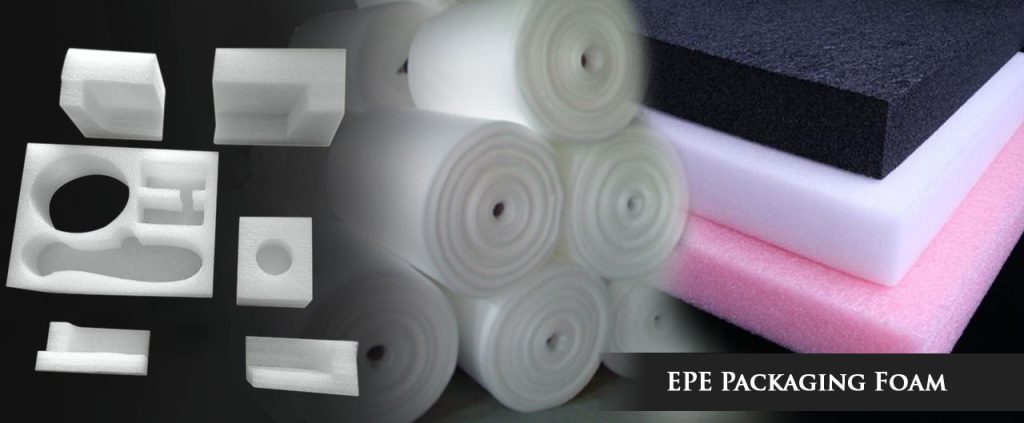EPE foam stands for Expanded Polyethylene foam. It is a type of foam material that is often used for packaging and insulation purposes. Here are some key characteristics and uses of EPE foam:
Material Composition: EPE foam is made from polyethylene, a type of plastic. The foam is created by expanding the polyethylene through a process that involves heat and chemical agents.
Cellular Structure: EPE foam has a closed-cell structure, which makes it lightweight and provides excellent insulation properties. The closed-cell structure means that the foam is composed of individual cells sealed off from each other.
Shock Absorption: One of the primary uses of EPE foam is in packaging applications where shock absorption and cushioning are crucial. It is regularly used to protect fragile items during shipping and transportation.
Insulation Properties: EPE foam exhibits good thermal insulation properties due to its closed-cell structure. It is used in applications where temperature control or insulation is required.
Flexibility and Durability: EPE foam is flexible and resilient, making it suitable for various applications. It is also durable and resistant to moisture, chemicals, and mold.
Common Applications: EPE foam is used in the packaging industry for electronic gadgets, glassware, and other delicate products. It is also used for insulation in construction, as padding in sports equipment, and in various other applications where cushioning and insulation are important.
Electronics: Use EPE foam to create custom packaging for electronic devices, ensuring that they are protected from shocks and vibrations during shipping.
Fragile Items: Employ EPE foam inserts or packaging to safeguard fragile items such as glassware, ceramics, or sensitive equipment.
Insulation Solutions:
Construction: Utilize EPE foam sheets or rolls as insulation material in construction projects. It provides thermal insulation and can help regulate temperature.
Cold Chain Logistics: In businesses dealing with perishable goods, EPE foam can be used as insulation to maintain temperature during transport.
Sports and Fitness Equipment:
Padding: If your business involves manufacturing or selling sports equipment, consider using EPE foam as padding in products like helmets, knee pads, or gym equipment.
Medical Applications:
Orthopedic Products: In the medical field, EPE foam can be used in orthopedic products for cushioning and support.
Children’s Toys and Furniture:
Play Mats: Create play mats or protective padding for children’s toys and furniture using EPE foam.
Automotive Industry:
Protection: Use EPE foam as protective packaging for automotive components during shipping. It can also be used for insulation in vehicles.
Customized Solutions:
Tailored Inserts: Design and manufacture customized EPE foam inserts that perfectly fit your products, providing optimal protection.
Eco-Friendly Packaging:
Biodegradable Packaging: Explore the use of eco-friendly EPE foam alternatives to align with sustainability goals.
Art and Craft Supplies:
Crafting Material: If you’re in the art and craft business, consider selling EPE foam sheets for DIY projects or using them in your creations.
Furniture and Home Decor:
Cushioning: Incorporate EPE foam in furniture or home decor items where cushioning is required.
Promotional and Marketing Materials:
Custom Shapes: Create attention-grabbing promotional items or marketing materials by using EPE foam cut into unique shapes.

